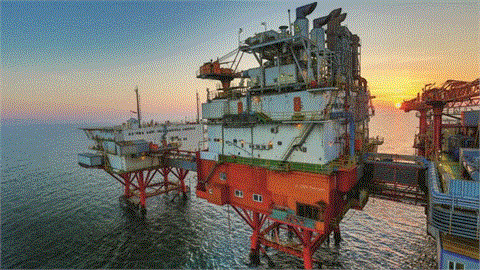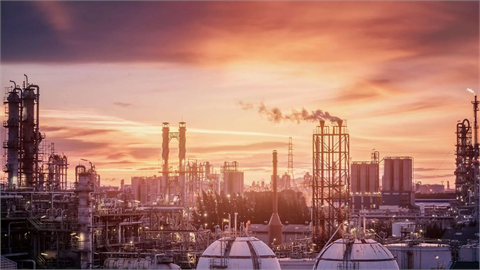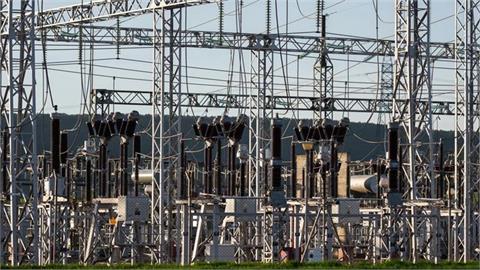The dominant greenhouse gases released into earth's atmosphere, including carbon dioxide, methane, and nitrous oxide, reached new record highs in 2017, hitting a level not seen in 800,000 years, according to a recent report.
The findings were recently published in the State of the Climate in 2017, the 28th edition of a yearly compilation published by the U.S. National Oceanic and Atmospheric Administration (NOAA).
"The annual global average carbon dioxide concentration at Earth's surface for 2017 was 405.0 ± 0.1 parts per million (ppm), 2.2 ppm greater than for 2016 and the highest in the modern atmospheric measurement record and in ice core records dating back as far as 800,000 years," the report said.
The data also reveal that the growth rate of carbon dioxide has nearly quadrupled since the early 1960s. "The rise in globally averaged levels of methane from 2016 to 2017 was 6.9 ± 0.9 parts per billion (ppb), and the mean global atmospheric nitrous oxide levels rose 0.9 ppb from 2016 to 2017," it added.
According to the report, total greenhouse gas (GHG) "forcing" has increased 41 percent since 1990, referring to the change in energy in atmosphere due to GHG emissions, which are the primary source of climate change.
-Warmest non-El Nino year on record
Last year, global surface temperatures were 0.38°–0.48°C above the 1981–2010 average, depending upon the dataset used. "This places 2017 as the [year of] second or third warmest annual global temperature since records began in the mid- to late 1800s and makes it the warmest non–El Nino year on record, as El Nino–Southern Oscillation (ENSO) conditions were neutral through much of 2017, with weak La Nina conditions at the start and end," it said.
ENSO is a natural phenomenon that involves fluctuating ocean temperatures in the equatorial Pacific, and regarded as a major force causing changes in regional climate patterns. According to the report, 2014, 2015, 2016, 2017 are the four warmest years on record.
-'Unprecedented' sea ice loss
The authors also highlighted that the March 2017 sea ice maximum was the lowest on record (1981–2017), with ten of the lowest September minimum extents having occurred in the last 11 years.
"Paleoclimate records indicate that the magnitude and sustained rate of sea ice loss is unprecedented in the last 1,450 years," they said.
"Paleoclimate studies and observational time series attribute the decline in sea ice extent and thickness over the last decade to both enhanced greenhouse warming and natural climate variability," the report added.
Compiled by NOAA's Center for Weather and Climate at the National Centers for Environmental Information, and published as a supplement to the Bulletin of the American Meteorological Society, the report is based on contributions from scientists from around the world.
It provides a detailed update on global climate indicators, notable weather events, and other data collected by environmental monitoring stations and instruments located on land, water, ice, and in space.
(Anadolu Agency)



